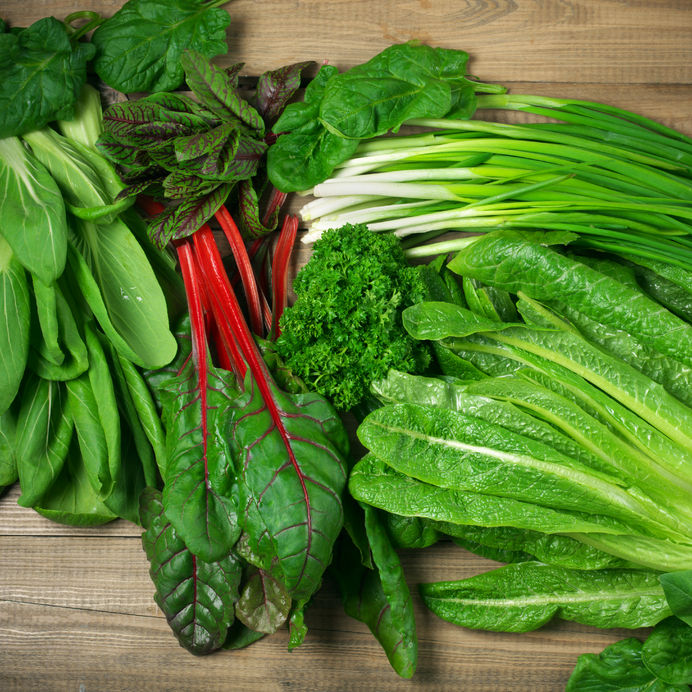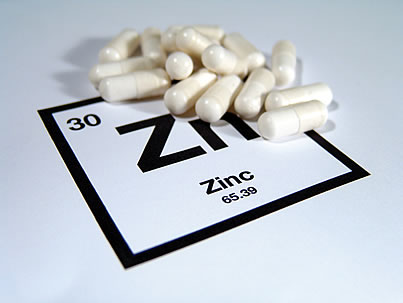Dark leafy greens are essential for good health. The reason for this is that they’re really high in nutrients that have a wide range of powerful health effects. Some of these benefits include a reduced risk of cancer and heart disease, along with promoting healthy weight management.
Greens are low in fat, high in dietary fiber, Vitamin C, potassium, magnesium and folic acid, along with containing a host of phytochemicals, such as lutein, beta-cryptoxanthin, zeaxanthin, and beta-carotene.
Eating plenty of green leafy vegetables is recommended as they have a high magnesium content and a low glycemic index, meaning they are valuable for people who have Type 2 Diabetes. They are high in Vitamin K making it important for the production of osteocalcin, a protein that’s essential for bone health. Green veggies are also a rich source of iron and calcium due to the high content of oxalic acid. While green leafy vegetables are rich in beta-carotene this means it can be converted into Vitamin A, while also improving immune function.
A rich source of Lutein and Zeaxanthin, these carotenoids can play a protective role in eye health. Carotenoids can protect both the cataract and the macular against age-related macular degeneration and this is a major cause of blindness within the elderly. Certain studies also suggest that Lutein and Zeaxanthin can reduce the risk of certain types of cancer like breast and lung cancer, that may otherwise contribute to preventing heart disease and strokes.
The trouble is that while greens are so healthy, they can taste bland if you were to eat them raw all the time. Therefore, it’s essential that you know of different ways to enjoy eating green vegetables and preparing them is a big part of this process. Thankfully, the following ways to enjoy vegetables should give you some much needed inspiration…
Collard Greens
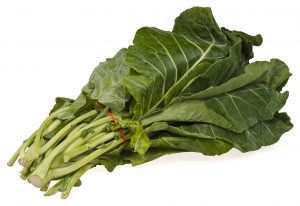
Try braising collard greens by sauteing slightly and then stewing in a closed container. Collards are big sturdy leaves and are a rich source of protein typically providing 5 grams, 8 grams of fiber and more than a day’s worth of Vitamin A. Serving suggestion: Enjoy braised collard greens with black-eyed peas and quinoa. Try also adding Collard Greens to smoothies for a healthy boost. See recipes with Collard Greens.
Spinach

Spinach is a rich source of iron but also surprisingly contains anti-nutrients (compounds that interfere with the absorption of nutrients) and these can mess with the absorption of iron and calcium. Cooking can lower the levels of anti-nutrients with one cup of cooked spinach providing 35% of the daily recommended iron intake and 24% of your recommended calcium. As spinach shrinks when cooked, it’s a good idea to saute it and add to a tofu scramble – try adding olive oil, garlic and mushrooms for a different twist. See Spinach based recipes here.
Swiss Chard
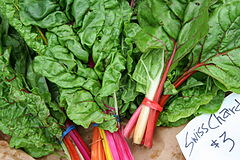
Swiss chard is high in Vitamins A, C and K. When Swiss Chard is cooked it contains more than 40% of a woman’s daily recommended Vitamin C. Eating the rainbow version is recommended as the phytochemicals are linked with colour and have many antioxidant and anti-inflammatory benefits. Swiss chard is nice when chopped up and sauteed with pasta and white beans for a tasty Mediterranean style dish. Try Really Healthy Pasta as a healthy alternative to wheat. See Swiss Chard recipes.
Bok Choy
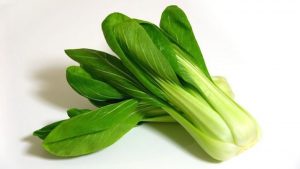
This is actually a form of cabbage and while not technically a dark leafy green, this vegetable is rich in vitamins, cancer fighting compounds and is therefore highly recommended to include more of in your diet. As it’s more tender when cooked, bok choy is best added to stir fries or prepared in a raw slaw for tacos and tostadas. Check recipes with bok choy.
Watercress

Watercress is highly recommended when it comes to nutrient density. It contains 17 nutrients for good health and they outshine all other greens including kale and other greens such as broccoli, cauliflower and pumpkin. Watercress is excellent in salads and soups. Check these watercress recipes here.
Broccoli
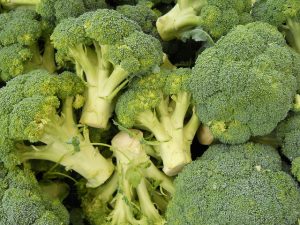
While not strictly a leafy green, broccoli is too healthy to leave out. Broccoli is an amazing source of nutrients including Vitamins A, C, E, K, magnesium, phosphorus and selenium, along with Vitamin B6, potassium and folate. Broccoli is also a good source of dietary fiber, and may help to promote gut health, while reducing body weight and the risk of various diseases. See Broccoli based recipes here.
Enjoy These Super Greens For A Good Health Boost! | www.naturallyhealthynews.com

